APPUNTI PER UN’ORESTIADE AFRICANA -
A DEMOCRACY IN FATIGUE
Documental Photographic Archive
Gibellina (Sicilia, Italia), Tanzania. 2023
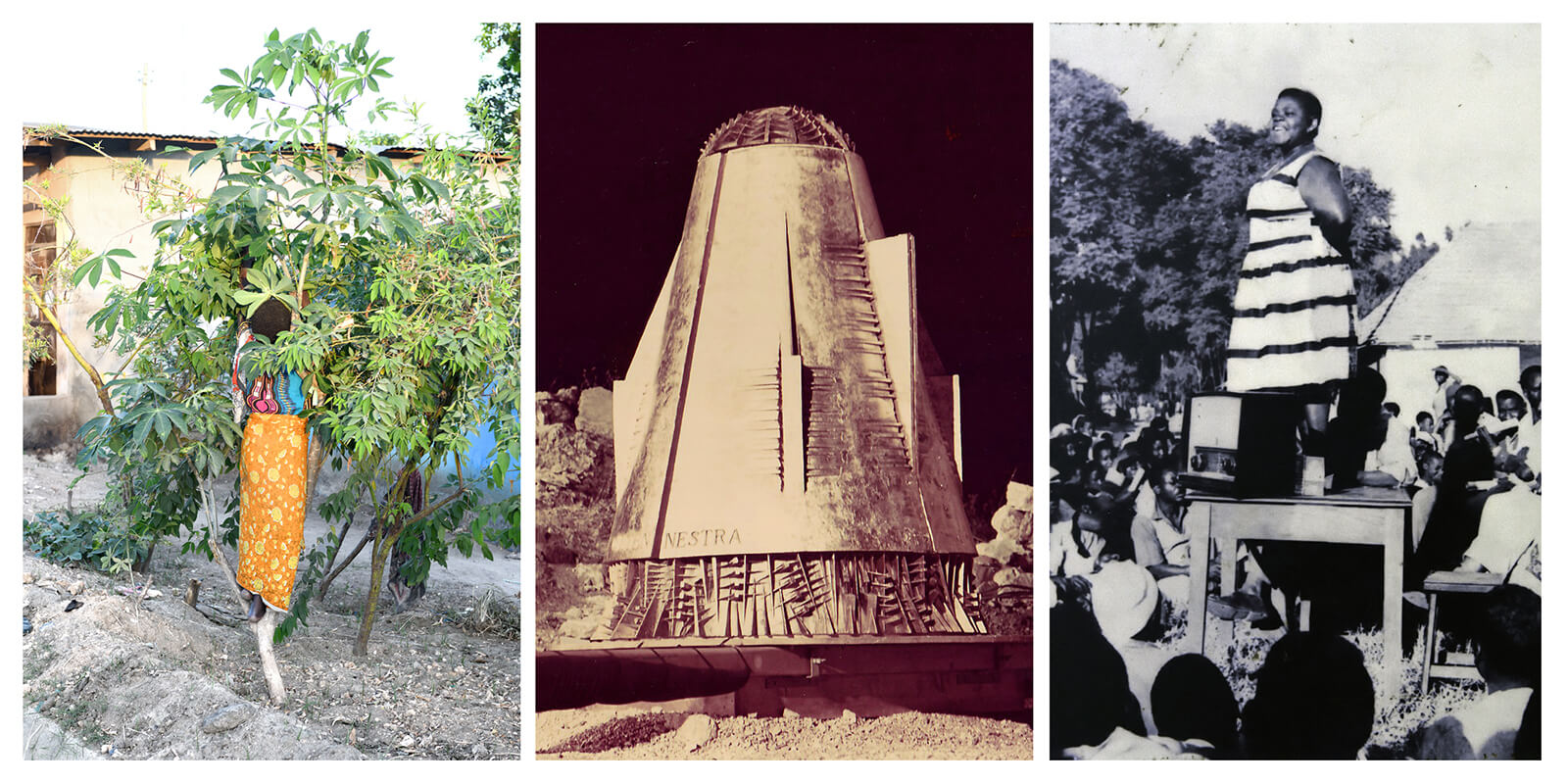


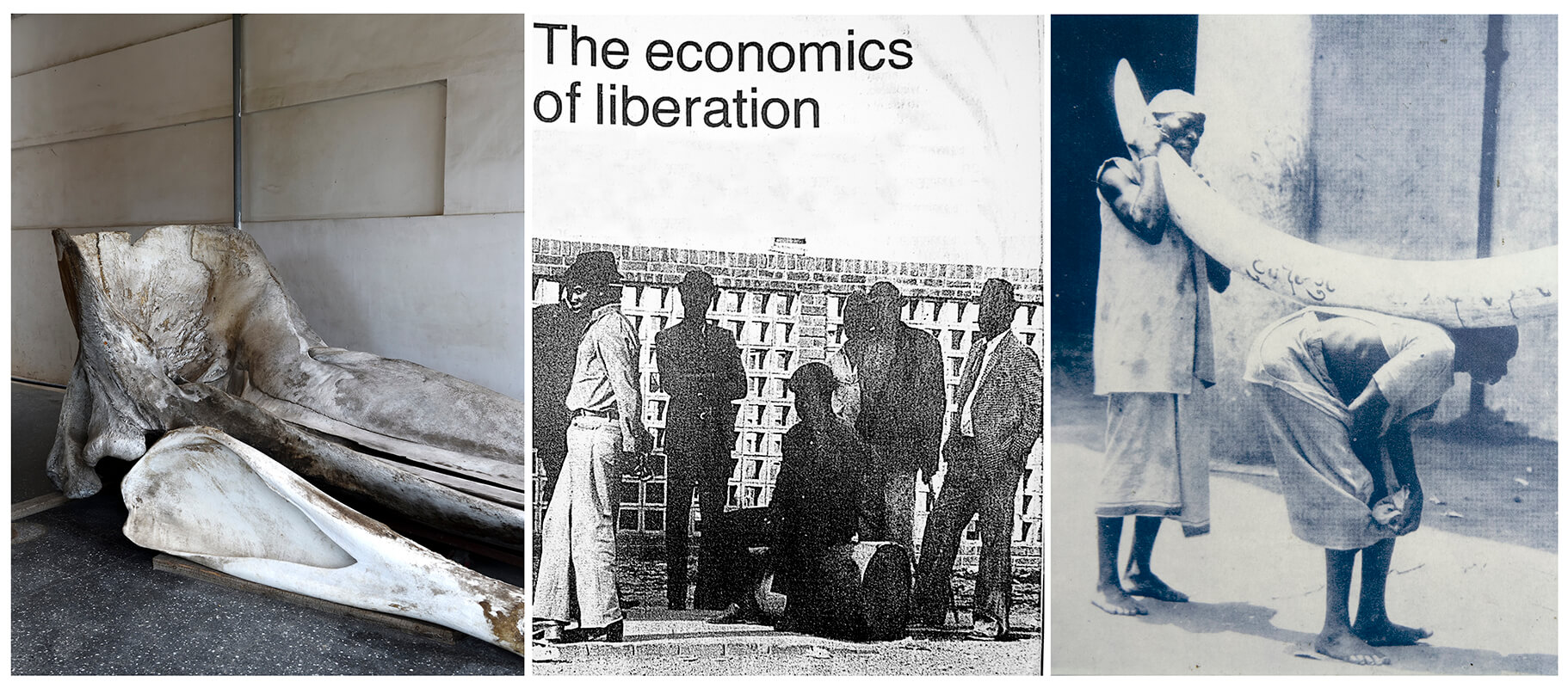
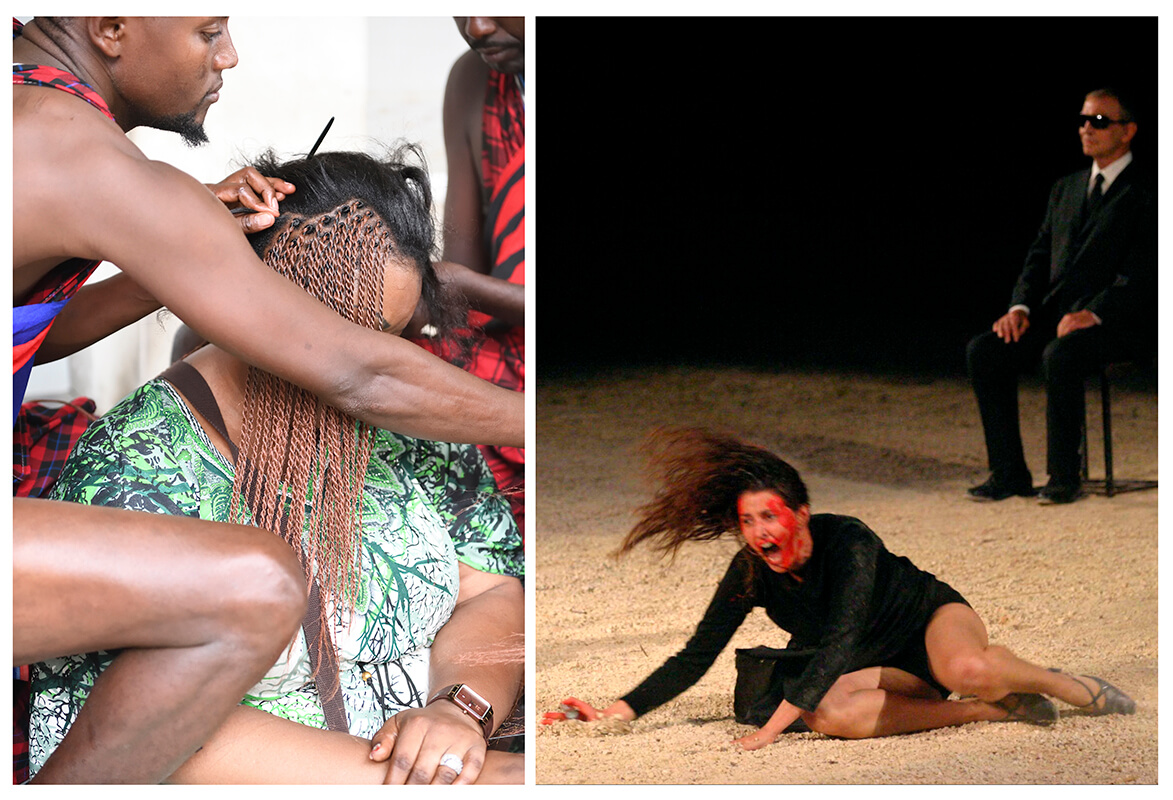
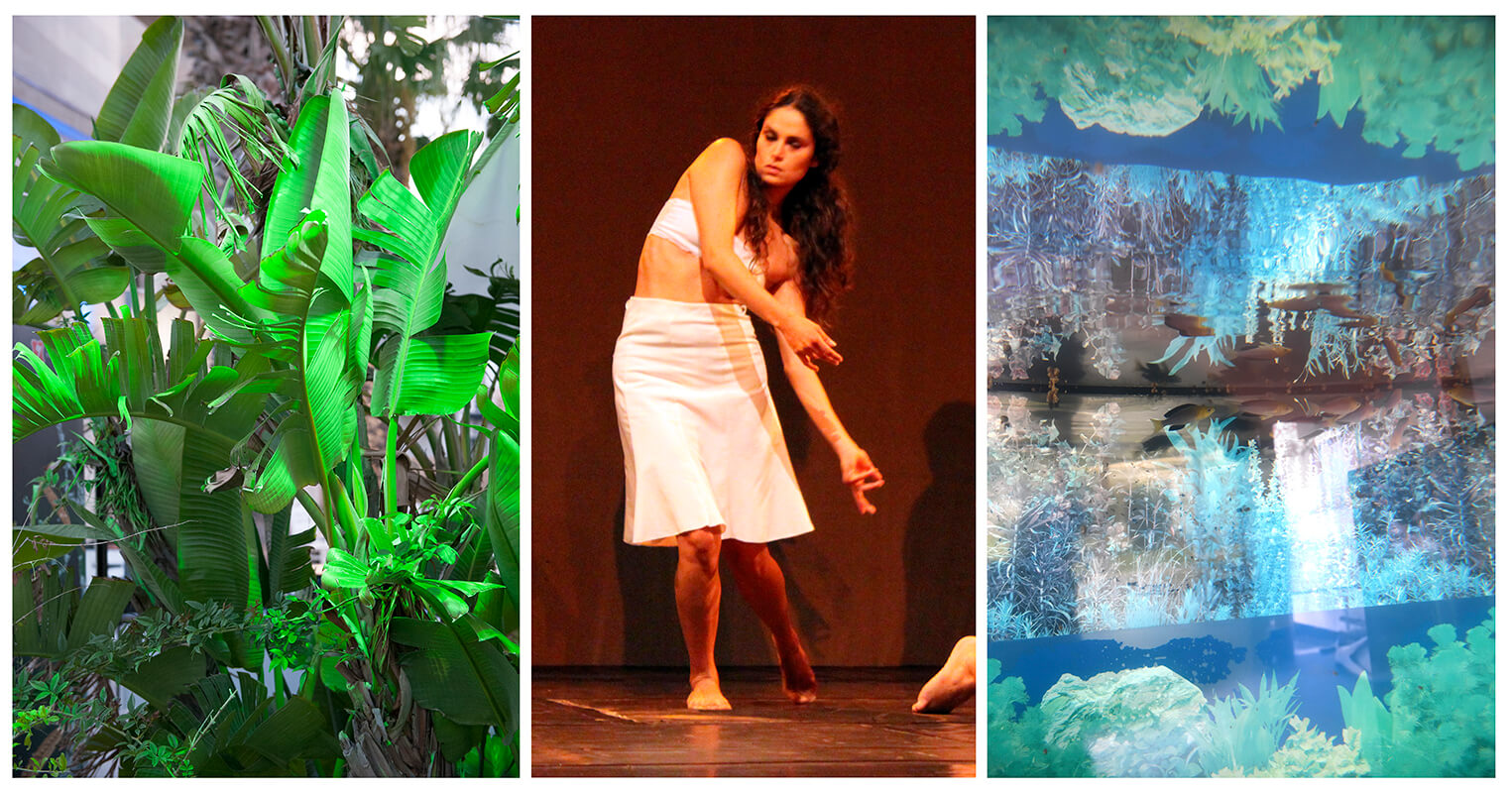

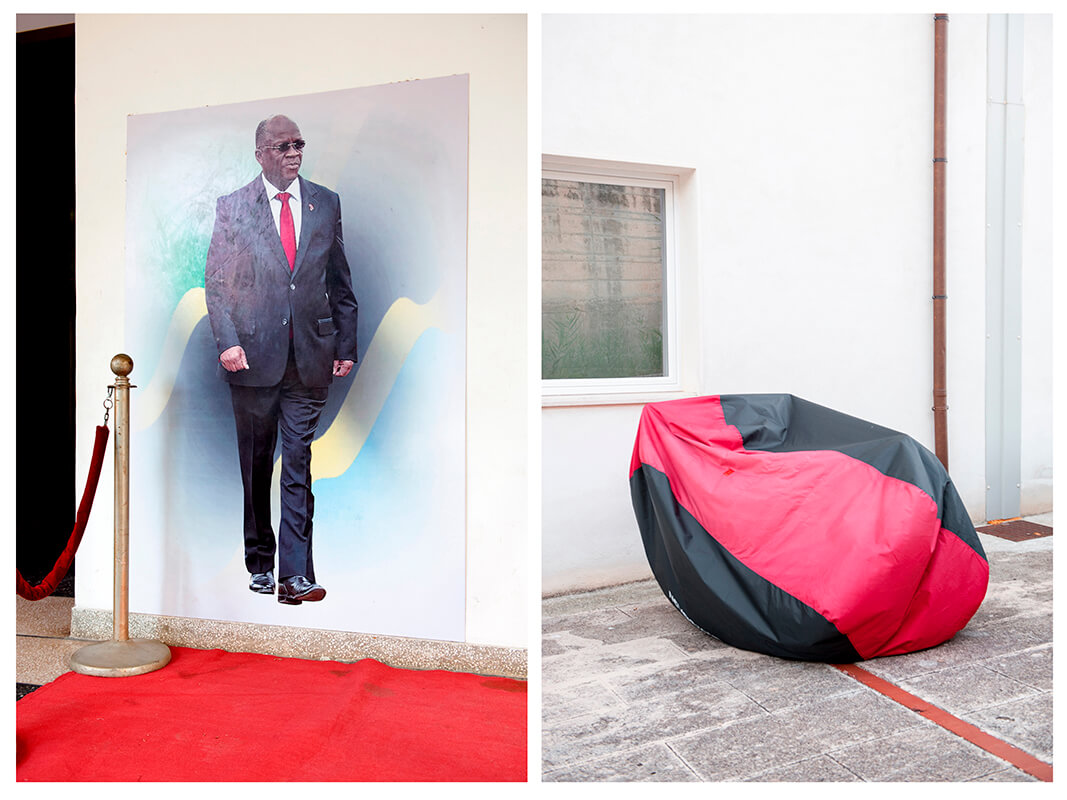
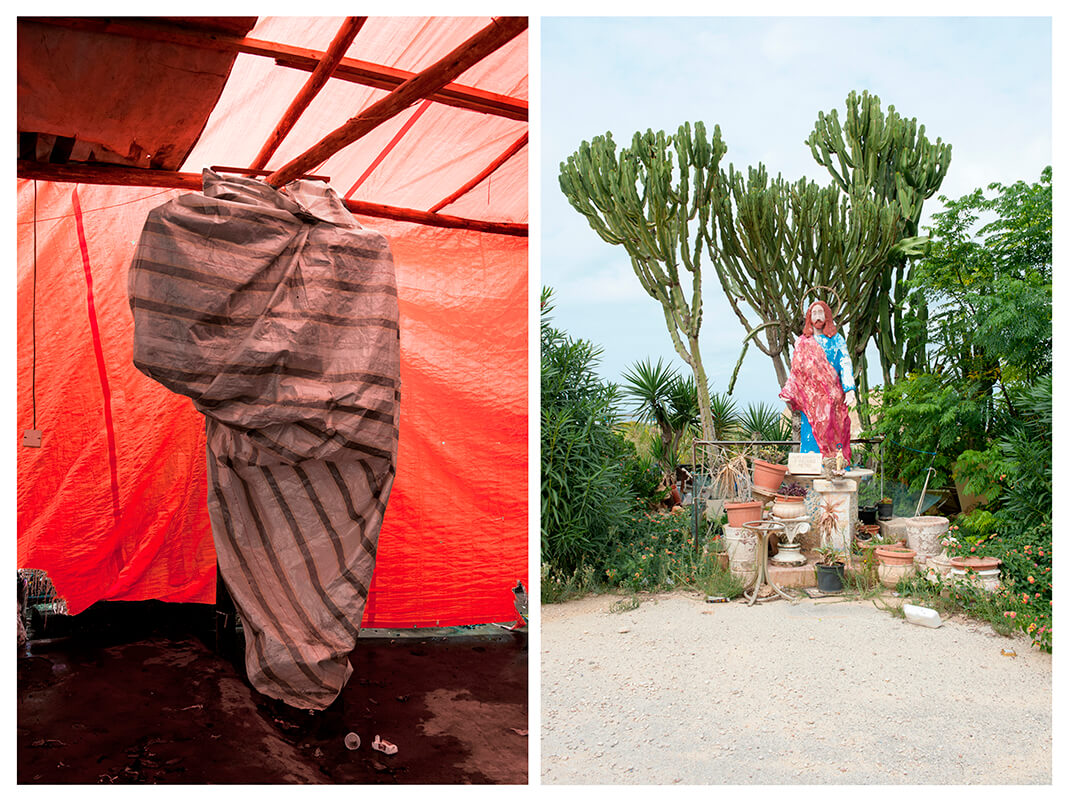
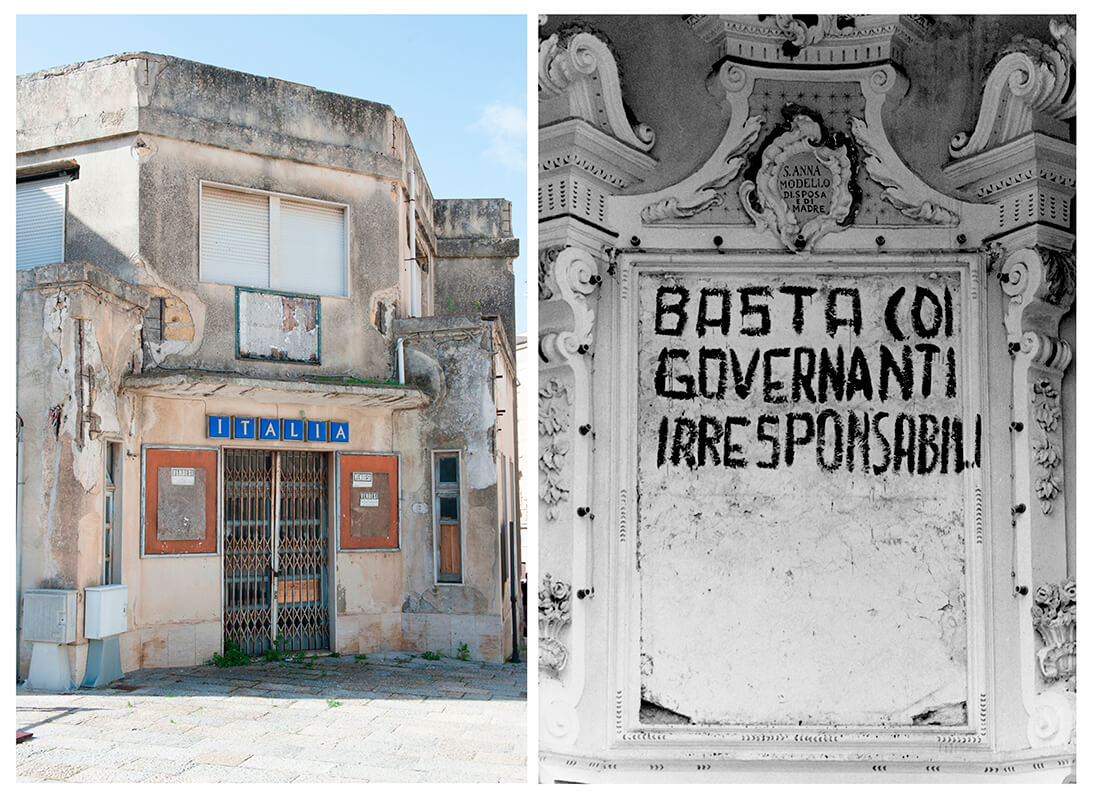

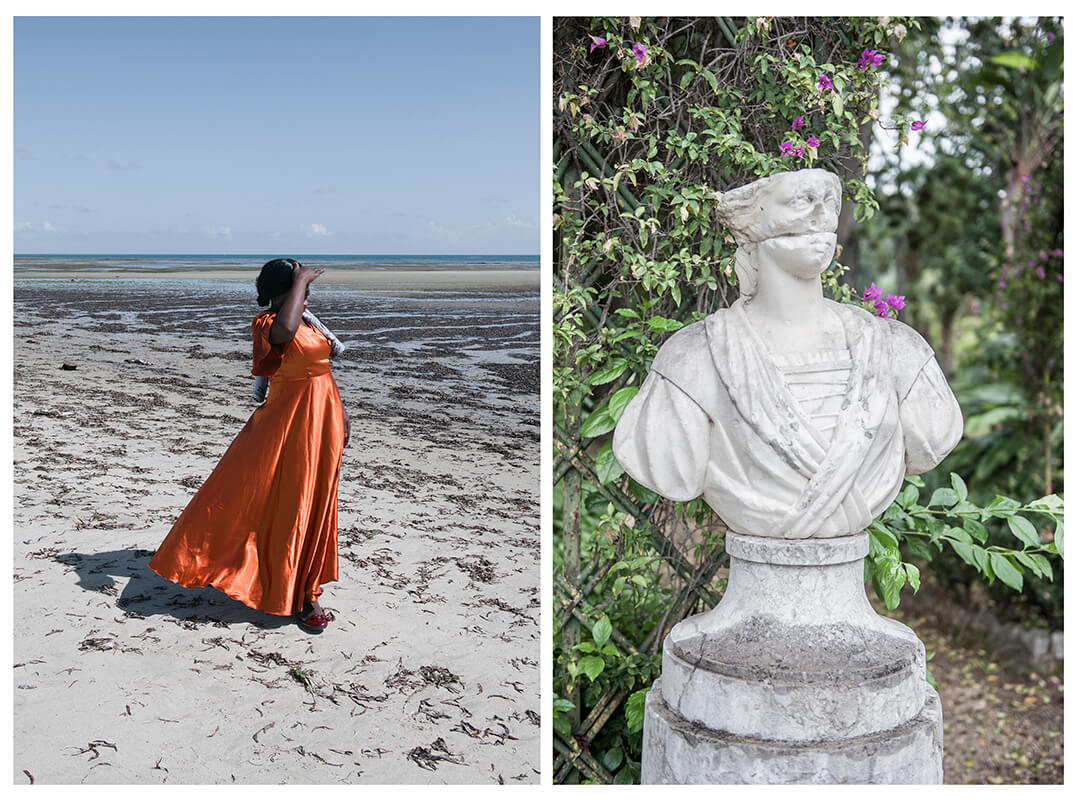
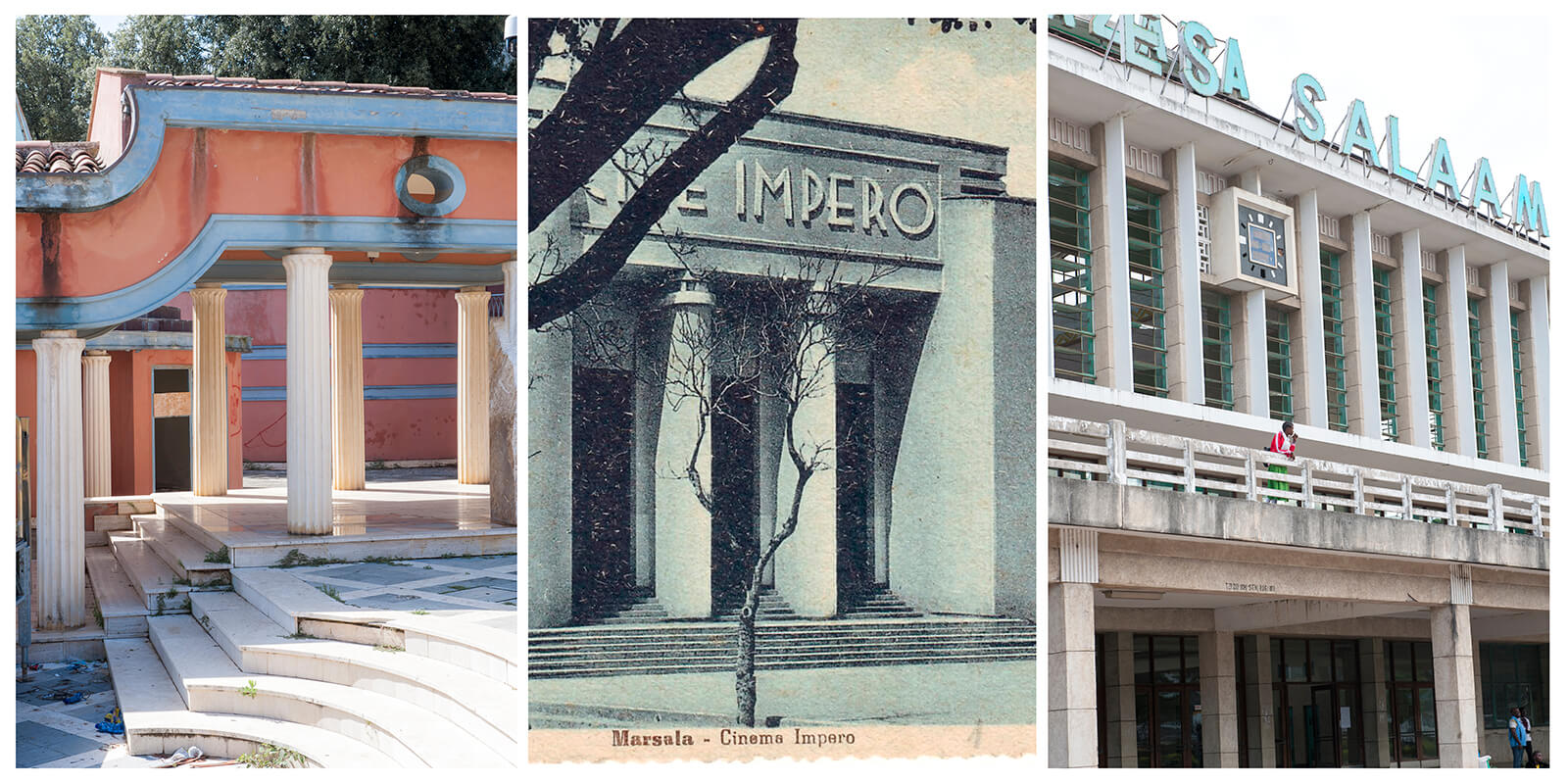

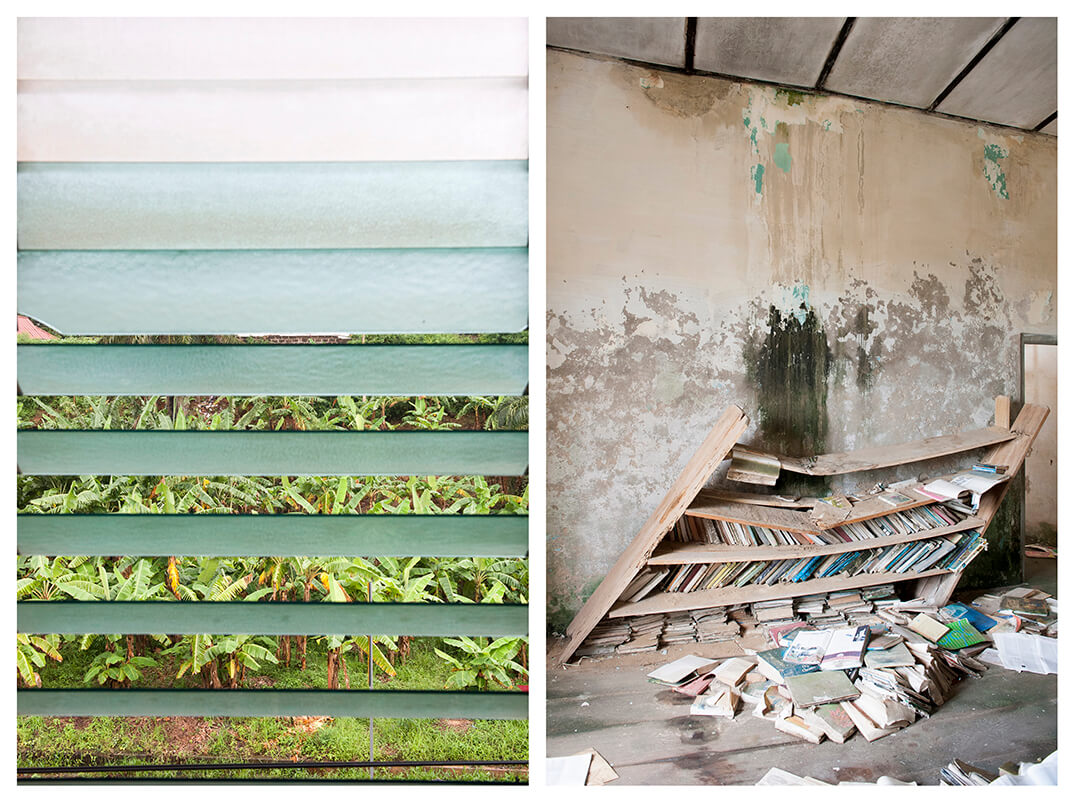
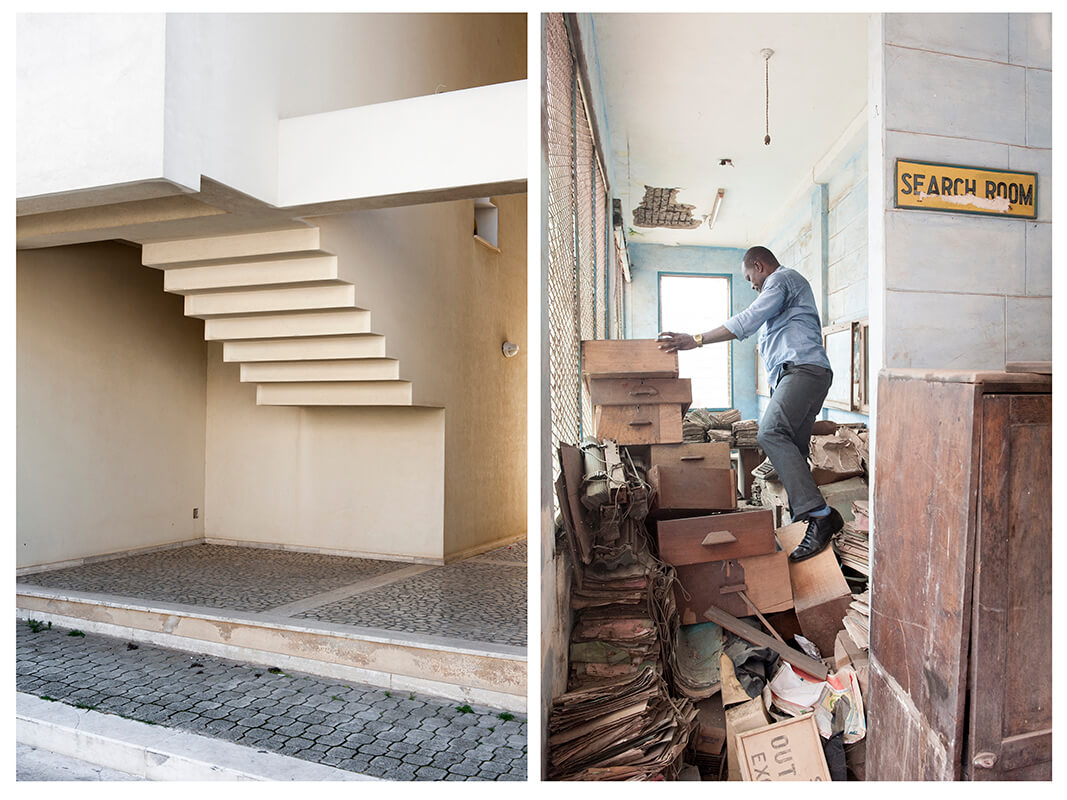
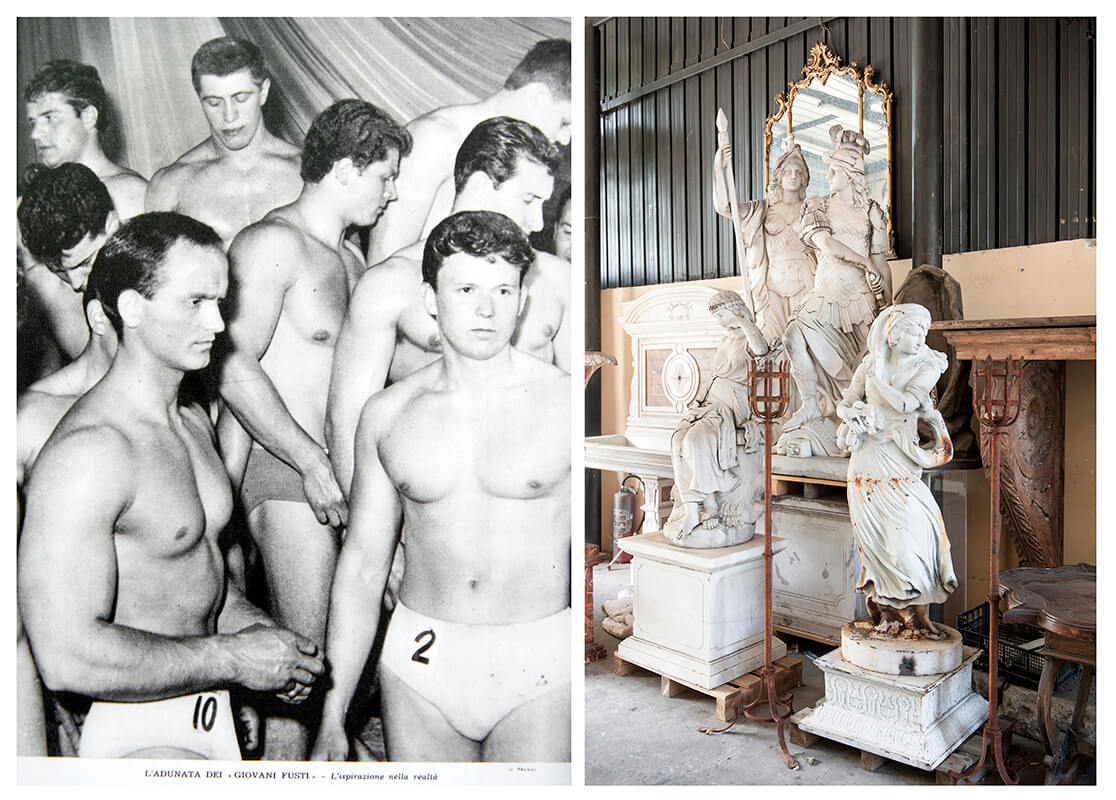

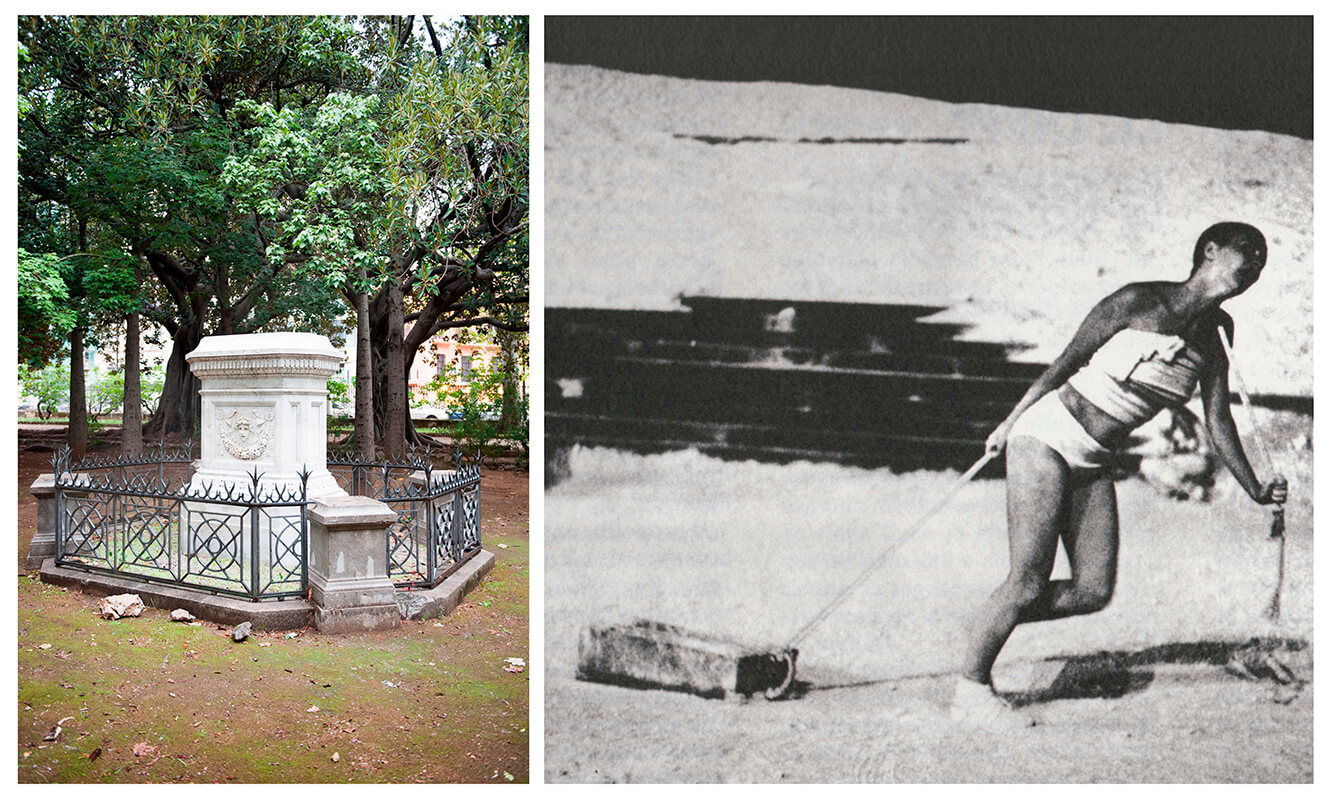
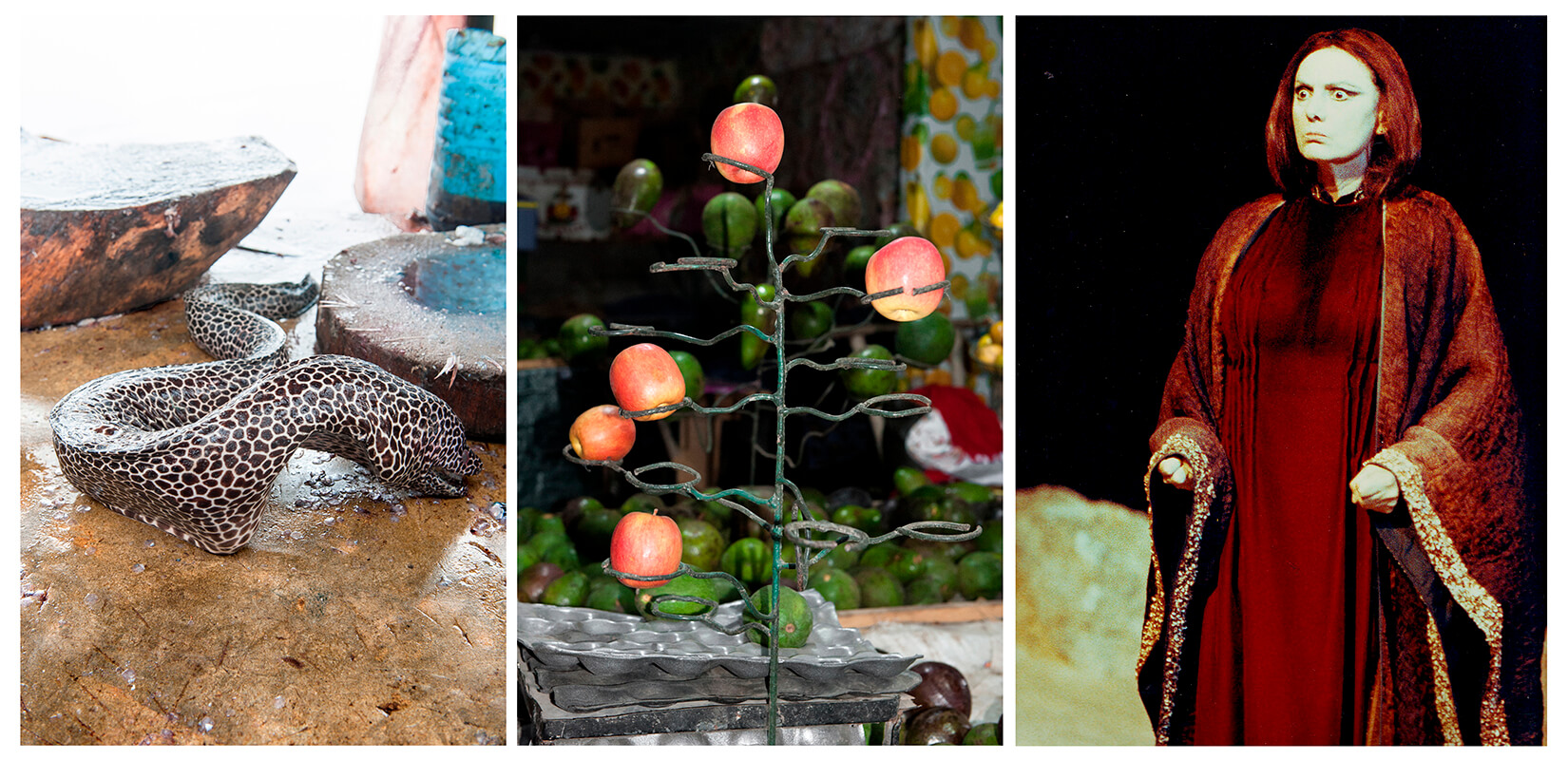
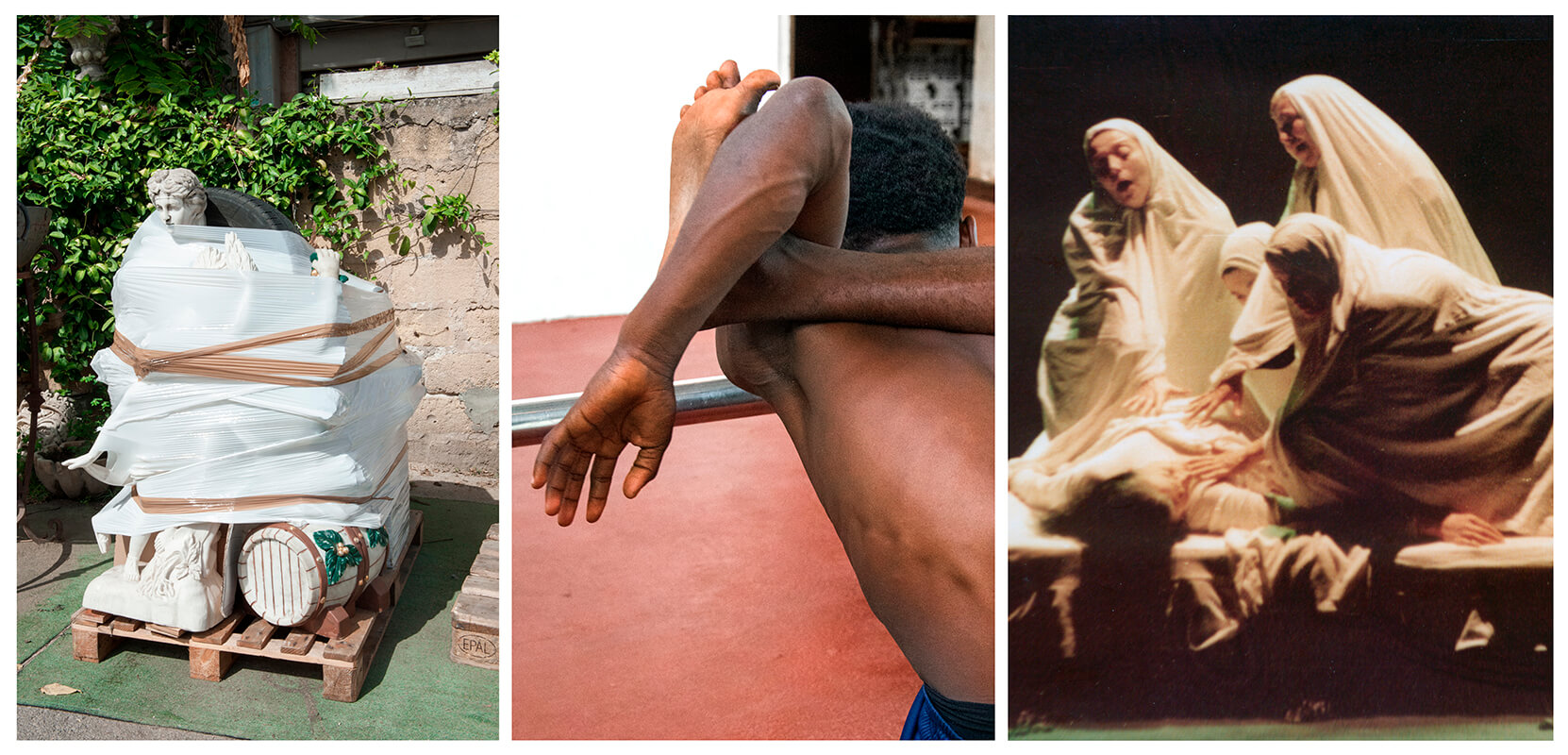
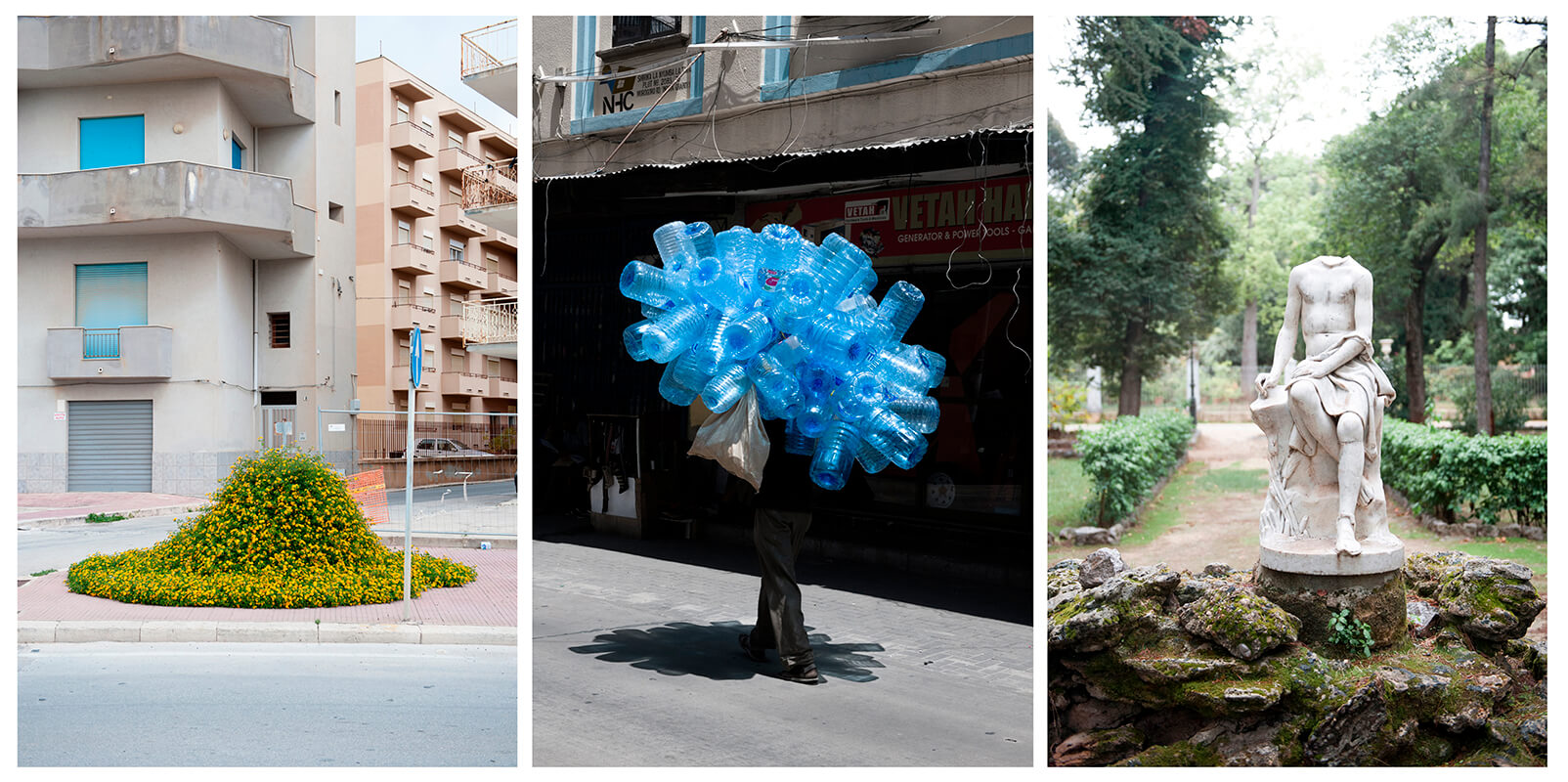




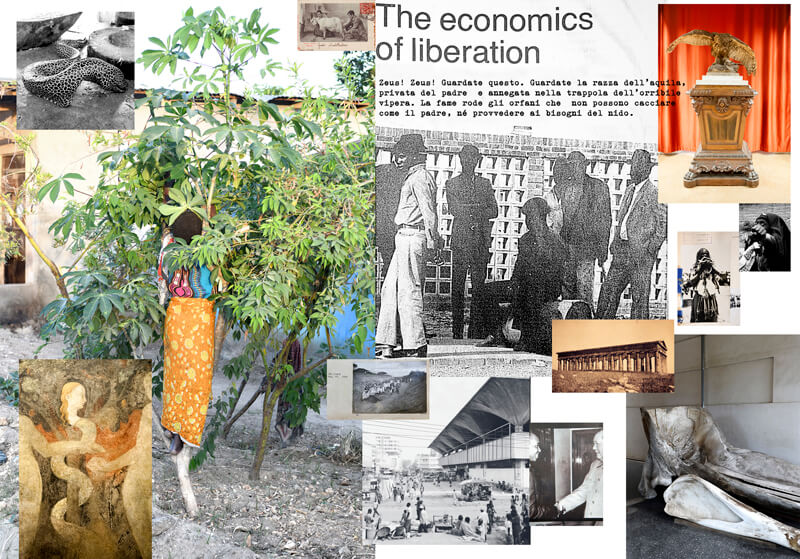
Pasolini
in his pseudo-documentary ‘Appunti
per un Orestiade Africane’ (1970)
radicalises an aesthetic of the unfinished characterised by the
desire to cross metadiscourse, political thought and aesthetic
experimentation, generating a political essay on the invention of
freedom and a reflection on the post-colonial condition of the newly
independent African countries. Faced with the young African nations,
described as economically and culturally hesitant between the
inspiration of Maoist China and the temptations of Anglo-Saxon
capitalism, the film is a sketchbook looking for "surviving
forms" (in the sense of Aby Warburg's iconology), while also
giving an account of their efforts to erect their own democratic
systems.
But Pasolini incurs in a paternalistic, ethnocentric vision: Africa is mistaken for a homogeneous reality, as a unitary whole and not as a continent of multiple cultures; democracy is tacitly presented as the Western model that suits African states best and which they should simply accept. Errors that Pasolini himself will recognise by integrating into the film a sequence of the debate organised at the University of Rome between the filmmaker and a group of African students. The use of a European text to discuss African History is questioned. In the form of a "shared anthropology", and in a sincere debate, the students don't fail to strongly criticise the preconceived ideas of the "white man" that are highlighted in the work sequences viewed.
Aeschylus'Orestiade, -which describes a cycle of deaths, bloodthirsty and family vendettas, brought to an end by the arrival of the conciliatory justice of Pallas Athena, thus ideally creating the first democratic tribunal in history- is performed in Gibellina (Sicily) at the magical, dreamlike Cretto di Burri, a place that commemorates and materialises trauma and pain, the violence exercised against the land, the people.
Memory, violence, woman, postmodernism, pseudo-democracy, neocolonialistic strategies, war, knowledge making, imaginary, stereotypes…. The danger of the single story.
But Pasolini incurs in a paternalistic, ethnocentric vision: Africa is mistaken for a homogeneous reality, as a unitary whole and not as a continent of multiple cultures; democracy is tacitly presented as the Western model that suits African states best and which they should simply accept. Errors that Pasolini himself will recognise by integrating into the film a sequence of the debate organised at the University of Rome between the filmmaker and a group of African students. The use of a European text to discuss African History is questioned. In the form of a "shared anthropology", and in a sincere debate, the students don't fail to strongly criticise the preconceived ideas of the "white man" that are highlighted in the work sequences viewed.
Aeschylus'Orestiade, -which describes a cycle of deaths, bloodthirsty and family vendettas, brought to an end by the arrival of the conciliatory justice of Pallas Athena, thus ideally creating the first democratic tribunal in history- is performed in Gibellina (Sicily) at the magical, dreamlike Cretto di Burri, a place that commemorates and materialises trauma and pain, the violence exercised against the land, the people.
Memory, violence, woman, postmodernism, pseudo-democracy, neocolonialistic strategies, war, knowledge making, imaginary, stereotypes…. The danger of the single story.
Pasolini
en su pseudodocumental ‘Appunti
per un’Orestiade Africane’ (1970)
radicaliza una estética de lo inacabado caracterizada por la
voluntad de cruzar metadiscurso, pensamiento político y
experimentación estética, generando así un ensayo político sobre
la invención de la libertad y una reflexión sobre la condición
postcolonial de los nuevos países africanos independientes. Frente a
las jóvenes naciones africanas, descritas como económica y
culturalmente indecisas entre la inspiración de la China maoísta y
las tentaciones del capitalismo anglosajón, la película es un
cuaderno de bocetos en busca de "formas supervivientes" (en
el sentido de la iconología de Aby Warburg), al tiempo que da cuenta
de sus esfuerzos por erigir sus propios sistemas democráticos.
Pero Pasolini incurre en una visión paternalista y etnocéntrica: África se confunde con una realidad homogénea, como un todo unitario y no como un continente de múltiples culturas; además la democracia se presenta tácitamente como el modelo occidental que mejor se adapta a los estados africanos y que éstos deben aceptar sin más. Errores que el propio Pasolini reconocerá al integrar en la película una secuencia del debate organizado en la Universidad de Roma entre el cineasta y un grupo de estudiantes africanos. Cuestionando el uso de un texto europeo para hablar de la Historia de África, en forma de "antropología compartida" y en un debate sincero, los estudiantes no dejan de criticar duramente las ideas preconcebidas del "hombre blanco" que se ponen de relieve en las secuencias de la obra que acaban de visionar.
La Orestíada de Esquilo -un ciclo de muertes, venganzas sanguinarias y familiares, que se cierra con la llegada de la justicia conciliadora de Palas Atenea, creando así idealmente el primer tribunal democrático de la historia- se representa en Gibellina (Sicilia) en el mágico y onírico Cretto di Burri, un lugar que rememora y materializa el trauma y el dolor, la violencia ejercida contra la tierra, el pueblo.
Memoria, violencia, mujer, posmodernidad, pseudodemocracia, estrategias neocoloniales, guerra, creación de conocimiento, imaginario, estereotipos... El peligro de la historia única.
Pero Pasolini incurre en una visión paternalista y etnocéntrica: África se confunde con una realidad homogénea, como un todo unitario y no como un continente de múltiples culturas; además la democracia se presenta tácitamente como el modelo occidental que mejor se adapta a los estados africanos y que éstos deben aceptar sin más. Errores que el propio Pasolini reconocerá al integrar en la película una secuencia del debate organizado en la Universidad de Roma entre el cineasta y un grupo de estudiantes africanos. Cuestionando el uso de un texto europeo para hablar de la Historia de África, en forma de "antropología compartida" y en un debate sincero, los estudiantes no dejan de criticar duramente las ideas preconcebidas del "hombre blanco" que se ponen de relieve en las secuencias de la obra que acaban de visionar.
La Orestíada de Esquilo -un ciclo de muertes, venganzas sanguinarias y familiares, que se cierra con la llegada de la justicia conciliadora de Palas Atenea, creando así idealmente el primer tribunal democrático de la historia- se representa en Gibellina (Sicilia) en el mágico y onírico Cretto di Burri, un lugar que rememora y materializa el trauma y el dolor, la violencia ejercida contra la tierra, el pueblo.
Memoria, violencia, mujer, posmodernidad, pseudodemocracia, estrategias neocoloniales, guerra, creación de conocimiento, imaginario, estereotipos... El peligro de la historia única.